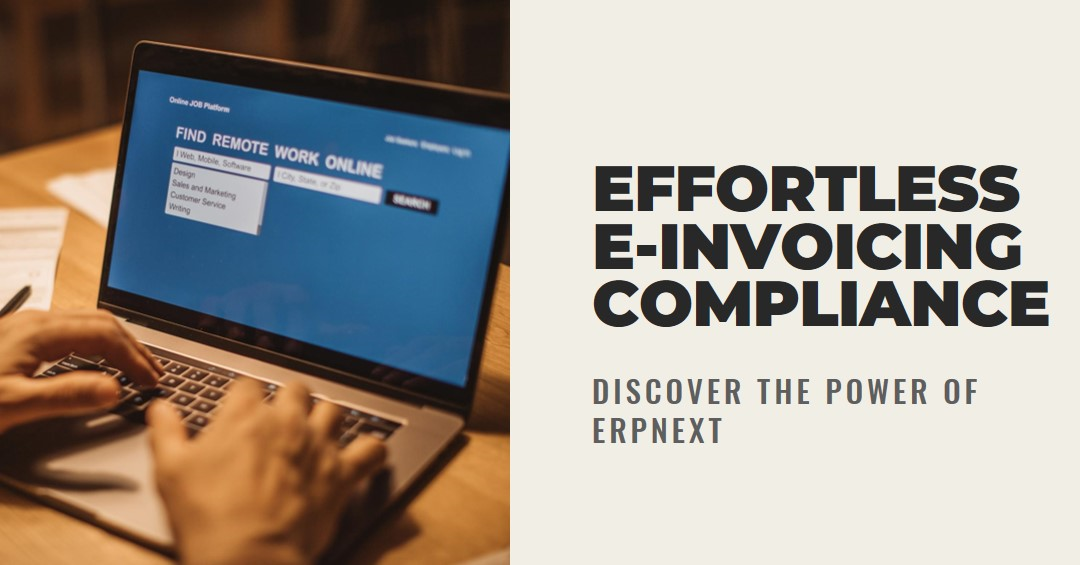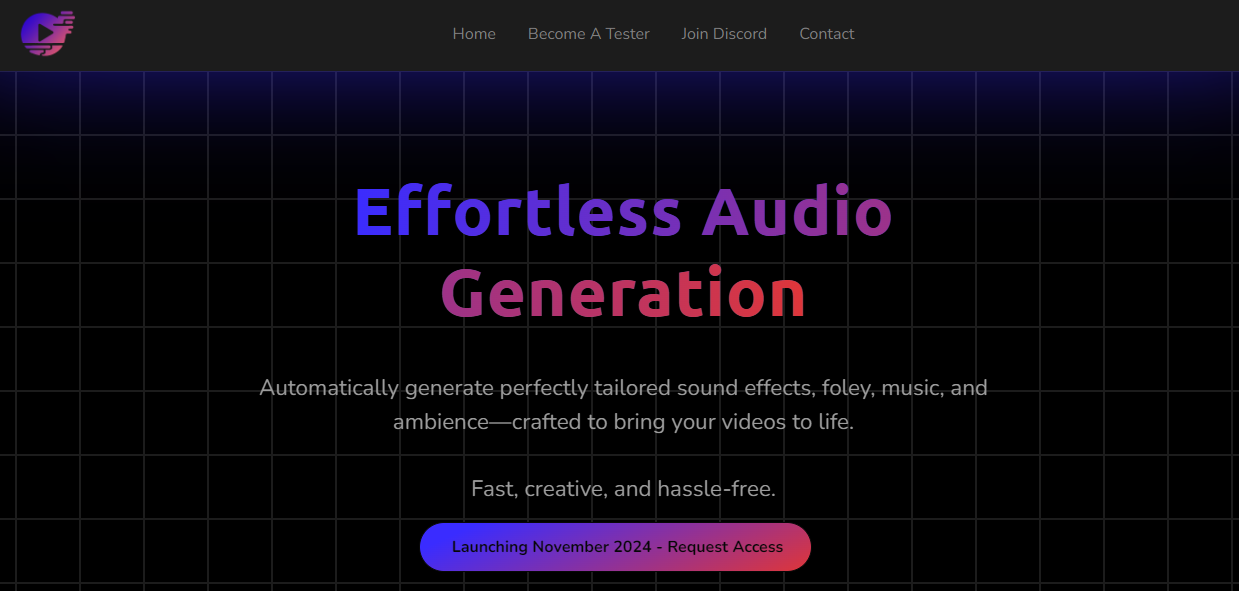As businesses in Saudi Arabia navigate the digital transformation landscape, complying with the Zakat, Tax, and Customs Authority (ZATCA) regulations has become a top priority. With the introduction of ZATCA Phase 2, e-invoicing compliance has added new complexities to business operations. However, ERPNext offers a powerful solution to streamline these compliance requirements, ensuring businesses stay aligned with the latest regulations.
Understanding ZATCA Phase 2 Requirements
The ZATCA Phase 2 initiative marks a significant advancement in e-invoicing for Saudi Arabia, focusing on integrating electronic invoicing systems with the ZATCA platform. This phase mandates businesses to adopt specific technical specifications for e-invoicing, including digital signatures, standardized formats, and real-time reporting. Non-compliance can lead to penalties, making it crucial for businesses to ensure their systems are up to date.
ERPNext, a comprehensive enterprise resource planning (ERP) solution, has emerged as a preferred choice for businesses aiming to simplify these requirements. Its flexible and customizable architecture helps organizations adhere to ZATCA’s stringent standards without disrupting day-to-day operations.
How ERPNext Facilitates ZATCA E-Invoicing Compliance
1. Automated Invoice Generation and Digital Signatures
ERPNext enables automated invoice generation with built-in support for ZATCA-compliant formats. The system ensures that every invoice contains all necessary details, from VAT numbers to tax rates, in the mandated XML format. This automation not only reduces manual errors but also saves valuable time for businesses.
Digital signatures are another critical element of ZATCA compliance under Phase 2. ERPNext seamlessly integrates this functionality, ensuring that all invoices are digitally signed and authenticated before submission. This not only improves security but also enhances transparency in your invoicing processes.
2. Real-Time Data Synchronization with ZATCA
A key feature of ERPNext is its ability to integrate with the ZATCA platform, ensuring real-time synchronization of invoicing data. As invoices are generated and submitted, ERPNext instantly communicates with ZATCA’s systems, reducing the need for manual uploads or batch processes. This real-time data flow ensures businesses can maintain compliance without delays, avoiding potential fines or disruptions.
3. Customizable Templates for E-Invoicing
ERPNext offers customizable invoice templates that are fully aligned with ZATCA’s requirements. Businesses can design templates that suit their unique needs while ensuring full compliance with ZATCA’s regulations. These templates are automatically updated to reflect any changes in tax rates, formatting rules, or reporting guidelines set by ZATCA.
4. Secure Storage and Audit Trails
Compliance with ZATCA also demands proper storage of invoices and a clear audit trail. ERPNext ensures that all e-invoices are securely stored in a central database, accessible only to authorized personnel. Additionally, the system maintains a detailed audit trail of all invoicing activities, ensuring full transparency for audits and inspections.
Benefits of Using ERPNext for ZATCA E-Invoicing Compliance
1. Reduced Compliance Risk
With its built-in ZATCA compliance features, ERPNext minimizes the risk of non-compliance. The system is designed to automatically adapt to changes in ZATCA regulations, ensuring that your invoicing processes remain aligned with the latest requirements. This reduces the likelihood of fines or legal issues associated with non-compliance.
2. Increased Operational Efficiency
By automating key invoicing tasks and integrating with ZATCA’s platform, ERPNext significantly improves operational efficiency. Businesses can generate and submit invoices in a fraction of the time it would take manually, allowing teams to focus on more strategic tasks. This not only boosts productivity but also improves overall business performance.
3. Cost-Effective Solution
Implementing ERPNext for ZATCA compliance is a cost-effective solution compared to manual or less-integrated systems. With ERPNext, businesses can reduce the costs associated with manual data entry, potential errors, and non-compliance penalties. Moreover, its cloud-based architecture ensures low maintenance costs while providing scalability for growing businesses.
ERPNext: A Future-Ready Solution for E-Invoicing
As ZATCA’s e-invoicing regulations continue to evolve, businesses need an agile and adaptable solution. ERPNext offers just that – a future-ready ERP platform that can easily adjust to new regulatory demands. Its modular architecture allows businesses to scale their operations and incorporate new features as the regulatory landscape shifts.
ERPNext is not only compliant with current ZATCA Phase 2 requirements but is also prepared for future developments in e-invoicing and other tax-related regulations. This future-proof approach ensures that businesses using ERPNext can stay ahead of the curve and focus on growth rather than compliance concerns.
Conclusion: Simplify Compliance with ERPNext
For businesses in Saudi Arabia, navigating ZATCA Phase 2 can be a daunting task, but ERPNext provides a reliable, efficient, and compliant solution. With its automated features, real-time integration, and customizable invoicing templates, ERPNext takes the complexity out of e-invoicing compliance, allowing businesses to focus on what they do best.
By adopting ERPNext, companies not only ensure compliance with ZATCA regulations but also improve their operational efficiency, reduce risks, and set the foundation for long-term success in a digitally transforming marketplace.












